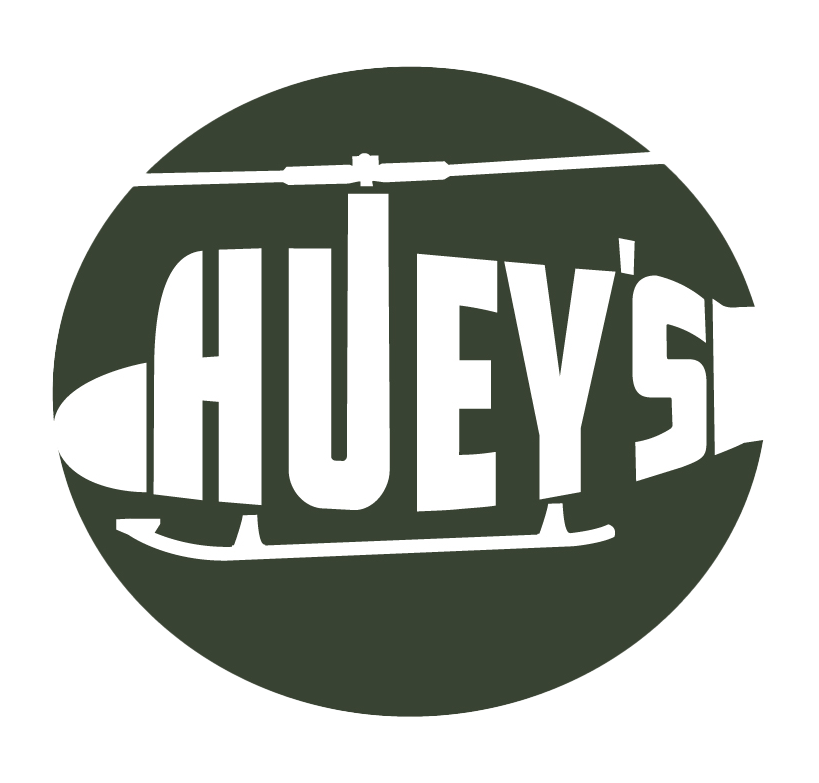Interview with Dan Mumey
Interview with Dan Mumey
Touring the Mid-America Flight Museum along with Vietnam veteran, Huey mechanic, and flight-enthusiast Dan Mumey (E5) was a moving experience I’ll never forget. As soon as we began the tour, he animatedly began to tell stories connected with each aircraft we passed in the hangar, sharing his passion for flying and aircraft in a way I had never heard before.
Where it began
As the P-51 “Mustang” came into sight, Dan’s eyes glittered with nostalgia. “I rode in one of those one time… for a half hour.”
He then began to tell the story of how he first noticed one of these planes flying in and out of where he worked as an aircraft mechanic between 1963 and 1964. “I would just drool every time I saw one of these things.”
When he finally decided to ask for a ride, he was met with a loaded answer. “Be here tomorrow morning. But bring your checkbook.”
For his ride, he was given a “nasty-looking, old leather helmet” and he said that he remembers that he didn’t want to wear it. However, when the pilot got the plane up to half-throttle, his mind quickly changed as the sound was “just deafening.”
He was making a mere $4.63 an hour as a mechanic, but Dan paid $36 for that half hour of enjoyment, and he described the ride as the “thrill of a lifetime” that he would never forget.
Huey Helicopter
He was in basic training in 1964, and he was deployed overseas to Vietnam in March of 1965 to be a crew chief/mechanic for Huey helicopters.
When discussing the Huey at the flight museum, Dan explained his primary job as a crew chief and mechanic was to ensure the Hueys were safe to fly, so the process typically ended with test-flying the helicopter. “We flew almost every day… They’re a blast.”
He demonstrated how he would watch the door of the Huey when the rotor blades began turning to see if it was balanced or not. If the blades were balanced, the door should be sturdy. If the blades were not balanced, the door to the Huey would shake.
To rebalance the blade, Dan described how they would troubleshoot the issue by taking two-inch masking tape, wrapping it around the tip of [the blade], and cranking it up again. If it was better, they would put little round weights—or sometimes ’45 slugs when they ran out—in the hollow near the blades to balance it again.
He chuckled a little as he said, “Every once in a while, we’d throw a little JP-4 (jet propellant fuel) in the barrel and torch that off, and then you really had some fireworks then!”
When showing us how the helicopters were set up for warfare, Dan explained how the setups and weapons changed frequently.
“There was always a lot of experimenting going on. You know, Washington sent stuff out to test it. Once, we had two 20-mil miniguns (one on each side of the pilot seat), and when they would rattle those things off, there was quite an impact. The concussion hit the pilots so hard, it would bruise the sides of their faces from the blast hitting their helmets. They scratched that.”
Vietnam Wall Replica
Although the men in Dan’s group found ways to have a little fun now and then, they still experienced loss. While looking at the Vietnam Memorial Wall, Dan soberly explained that the people in his hangar were “pretty lucky” because they didn’t experience as many losses as others had during that time. But one person that was lost stood out to him.
“I remember one guy in our hangar—Lockhart… I got one of the newer models [Huey helicopter], and I had it for about a week. A couple of guys and nurses went flying, but I was so hungover I just didn’t want to go anywhere, so [Lockhart] said that he could take them.”
Dan described how the Huey flew right into some power lines, killing 5 people and wrecking the helicopter. “They were flying into the sun, and nobody saw it coming.”
We then looked at the wall together to find his old friend’s name listed among those who were lost, and we took a moment to soak it in together. After reflecting for a moment, Dan gravely stated, “At least he got remembered… I’m glad my name’s not up there.”
Heart and Soul in Flying
Dan’s enthusiasm for flying never faded, even in the face of tragedy and hardship. When talking about his tour, he explained, “I spent 18 months over there—a year was the regular tour—but I was having so much fun flying...”
Dan told us when it was time for him to finish his tour, he wasn’t ready to go back to the states. “I didn’t want to go back to parades, washing dishes, and picking up cigarette butts—because I was flying every day.”
However, as much as he wanted to continue flying, he eventually had to return to civilian life. He began working on boats instead of working as a plane mechanic again because there was more money in it. One moment that stood out to him upon returning home was a unique encounter with a familiar face.
“When I came back from overseas… The guy that picked me up in the taxi was one of the medics that flew on the Medivac!”
When Dan expressed shock at his old comrade’s new job and asked why he was driving a taxi, he simply said, ‘Man, the war’s over!’
“I would’ve given anything that point to go back,” Dan reflected. “[Flying] is like a drug—it’s exciting… It gives a you a little high… My whole heart and soul are still in airplanes.”

